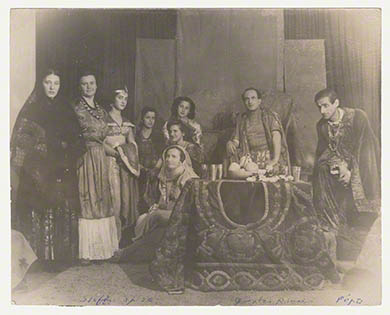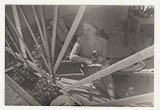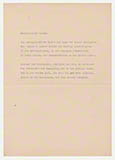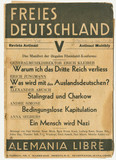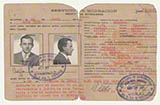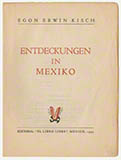Mexiko
Dies ist ein Land, in dem ein Kunstmensch leben kann.
[This is a country where a man of the arts can live. (ed. trans.)]
Paul Westheim, Dezember 1941
Relatively few German-speaking emigrants fled to Mexico compared to those in other Latin American countries. About 3,000 German-speaking refugees found refuge there, most of them between 1940 and mid-1942, including writers and artists who had been in exile in France from 1933-1940. The fact that those arriving had no difficulty in obtaining a work permit, in engaging in political activity and organising themselves culturally was due to the foreigner-friendly Mexican governments under President Lázaro Cárdenas and Manuel Avila Camacho, and also the cosmopolitan union leader Vicente Lombardo Toledano. One of the most important centres of anti-fascist exile during the Second World War was thus allowed to develop in Mexico. However, Mexico was significantly more restrictive in its attitude towards Jewish refugees.
Those who arrived in Mexico from 1940 were supported by the existing exile organisations, the Liga Pro-Cultura Alemana (League for German Culture), founded in 1938 by Heinrich Gutmann, and the Menorah (Association of German-speaking Jews). The magazine Freies Deutschland, the Heinrich Heine-Klub and the exile publishing house El Libro Libre were set up from late 1941 in Mexico City by the writers Bodo Uhse, Egon Erwin Kisch, Anna Seghers and Ludwig Renn with the involvement of Paul Westheim and Paul Mayer.
Exile in Mexico was marred by tensions between refugees from the communist movement and those who had turned away from it, such as Gustav Regler. The painter Wolfgang Paalen, the photographer Walter Reuter and the former editor Franz Pfemfert (who had opened a photography studio in Mexico) lived apart and withdrawn. Five years after receiving the Mexican foreigners' pass it was possible to obtain Mexican citizenship.
For many artists, the way in which they experienced the country had a major influence on their work, regardless of whether they returned to Germany or remained in Mexico.
Further reading:
Hielscher, Martin / Pohle, Fritz / Meyer-Minnemann, Klaus (Hg.): Fluchtort Mexiko. Ein Asylland für die Literatur. Hamburg / Zürich: Luchterhand Literaturverlag 1992.
Aktives Museum / Akademie der Künste, Berlin (Hg.): Letzte Zuflucht Mexiko. Gilberto Bosques und das deutschsprachige Exil nach 1939. Berlin: AKTIVES MUSEUM 2012.
Patka, Marcus G.: Zu nahe der Sonne. Deutsche Schriftsteller im Exil in Mexiko. Berlin: Aufbau Taschenbuch Verlag 1999.

